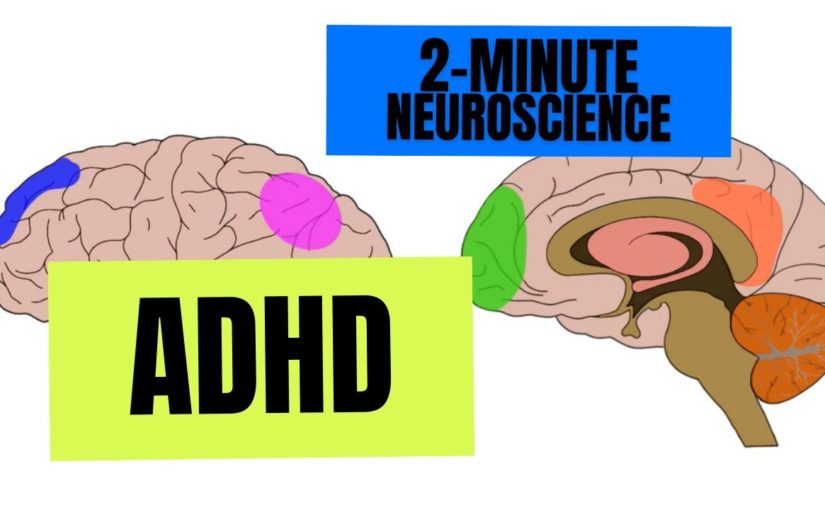00:00:04
Attention-deficit/hyperactivity disorder, or ADHD, is a condition characterized by difficulties with attention and/or hyperactivity and impulsivity. ADHD involves strong genetic influences, but environmental factors, and interactions between genetics and the environment, are thought to play an important role in ADHD as well.
00:00:24
Much of the recent research into the neuroscience of ADHD has focused on understanding the brain networks that might underlie different aspects of cognitive function in ADHD. One example is the default mode network, which is a collection of brain regions that is more active during mind-wandering and introspection, and less active when a person is attempting to complete a specific task. Studies have found that people with ADHD have atypical connectivity in the default mode network, which might be associated with distractibility. Individuals with ADHD also display lower activity in brain networks that are involved in attention and cognitive control. Typically, activity in these networks increases when activity in the default mode network decreases, and vice versa. Thus, one hypothesis is that in ADHD activity in the default mode network is dysregulated and interferes with the function of networks involved in attention and cognitive control.
00:01:17
Studies have also found that people with ADHD tend to display atypical activity in the reward system, a group of structures that are involved in motivated behavior, anticipation, and reinforced learning. This atypical reward system activity might be associated with a tendency to overestimate the value of short-term rewards in comparison to long-term rewards, which could also affect planning and decision-making. The reward system includes some of the major dopamine pathways in the brain, and dopamine is often implicated in ADHD because medications that are commonly used to treat the condition, such as amphetamine and methylphenidate, cause increased transmission of dopamine and norepinephrine.



